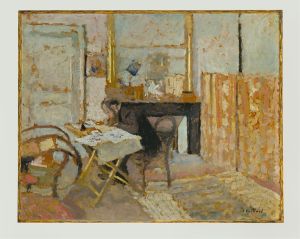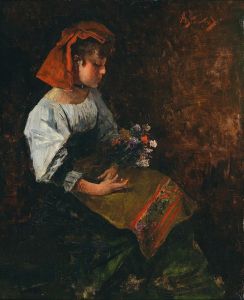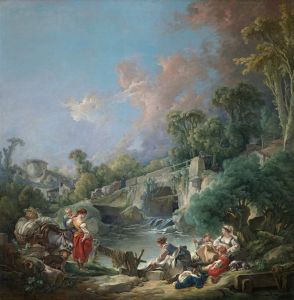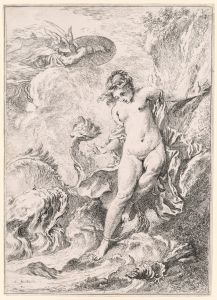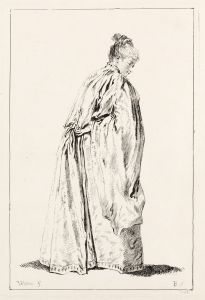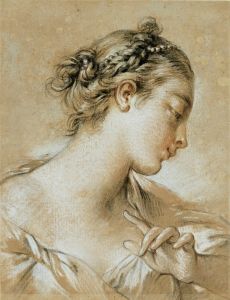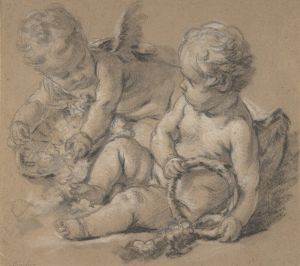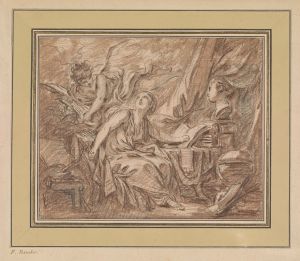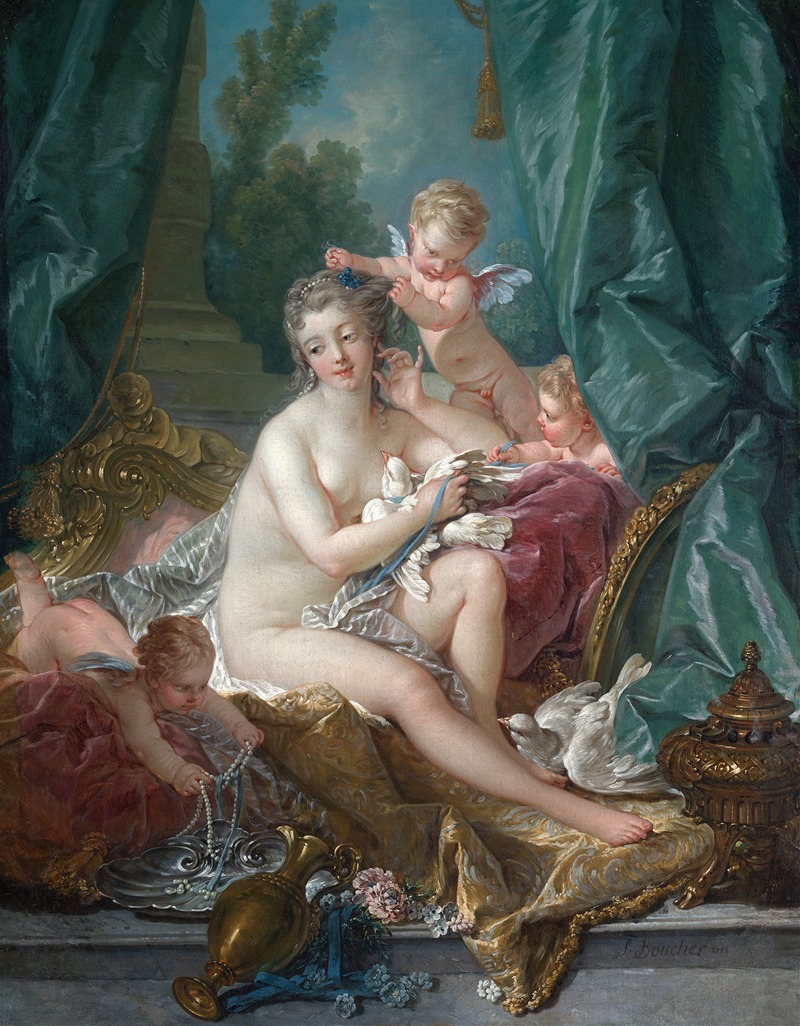
The Toilette of Venus
A hand-painted replica of François Boucher’s masterpiece The Toilette of Venus, meticulously crafted by professional artists to capture the true essence of the original. Each piece is created with museum-quality canvas and rare mineral pigments, carefully painted by experienced artists with delicate brushstrokes and rich, layered colors to perfectly recreate the texture of the original artwork. Unlike machine-printed reproductions, this hand-painted version brings the painting to life, infused with the artist’s emotions and skill in every stroke. Whether for personal collection or home decoration, it instantly elevates the artistic atmosphere of any space.
François Boucher's "The Toilette of Venus" is a celebrated Rococo painting created in 1751. Boucher, a prominent French painter known for his idyllic and voluptuous depictions of classical themes, was a favorite of the French court and particularly of Madame de Pompadour, the chief mistress of King Louis XV. This painting exemplifies Boucher's mastery in capturing the elegance and sensuality that characterized the Rococo period.
"The Toilette of Venus" was commissioned by Madame de Pompadour herself, who was an avid patron of the arts and a significant influence on the artistic tastes of her time. The painting was intended for her private collection and reflects the intimate and personal nature of her patronage. Boucher's work often celebrated themes of love and beauty, and this painting is no exception.
In "The Toilette of Venus," Boucher portrays Venus, the Roman goddess of love and beauty, in a moment of serene preparation. She is depicted seated, surrounded by attendants who assist her in her toilette, a term referring to the process of dressing and grooming. The scene is set in a luxurious and opulent environment, typical of Boucher's style, with rich fabrics, ornate furnishings, and a soft, pastel color palette that enhances the painting's dreamlike quality.
The composition of the painting is carefully arranged to draw the viewer's eye towards Venus, who is the focal point of the scene. Her figure is rendered with delicate attention to detail, emphasizing her graceful form and serene expression. The attendants, often depicted as cherubs or nymphs, add to the mythological ambiance of the painting, creating a sense of otherworldly beauty and harmony.
Boucher's use of light and color is particularly noteworthy in "The Toilette of Venus." The soft lighting creates a gentle, diffused glow that envelops the scene, highlighting the textures of the fabrics and the smoothness of Venus's skin. The pastel hues, a hallmark of the Rococo style, contribute to the painting's overall sense of elegance and refinement.
This painting is a quintessential example of the Rococo movement, which was characterized by its ornate and decorative qualities, as well as its focus on themes of love, nature, and mythology. Boucher's work, including "The Toilette of Venus," played a significant role in defining the aesthetic of the period and influencing subsequent generations of artists.
Today, "The Toilette of Venus" is housed in the Metropolitan Museum of Art in New York City, where it continues to be admired for its artistic beauty and historical significance. The painting remains a testament to Boucher's skill as an artist and his ability to capture the essence of the Rococo era through his enchanting and sophisticated compositions.





